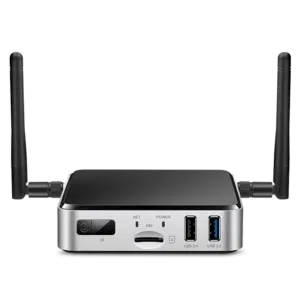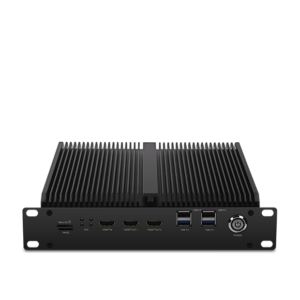A Detailed Manual to Deploying AI on Side Devices
A Detailed Manual to Deploying AI on Side Devices
Blog Article
Real-World Purposes of AI on Side Devices
Real-World Programs of AI on Edge Devices
Artificial intelligence (AI) is no longer confined to the kingdom of large, centralized information centers. Thanks to breakthroughs in technology, side units today perform a vital position in deploying AI right where data is generated. But what does AI on side devices suggest, and how come it making this type of excitement? Here, we'll explore how embedded edge ai operates in real life through side products and reveal their wide range of realistic applications.

What is AI on Side Devices?
AI on side units identifies deploying artificial intelligence formulas on units like smartphones, cameras, drones, or IoT sensors. These units do not want access to centralized hosts for processing data; instead, they perform examination and conclusions locally, creating the procedure faster, better, and often more secure.
The "edge" here just describes research done near to or at the origin of data era, as opposed to relying on the cloud. That change is driven by the needs for real-time data processing and the necessity to minimize latency, improve solitude, and reduce bandwidth usage.
Critical Real-World Purposes of Side AI
1. Intelligent Security
AI-powered cameras designed with skin acceptance, motion recognition, and anomaly recognition are transforming surveillance systems. Side devices in that domain may analyze video channels in real-time to identify suspicious actions, remove fake alarms, and improve public safety. For instance, AI calculations can discover strange actions and attentive authorities immediately without the necessity to send movie information to a main host for analysis.
2. Healthcare Tracking
Wearable products and portable medical equipment are leveraging m.2 ai accelerator for handling wellness knowledge more efficiently. Edge-based AI in devices like health trackers and smartwatches screens users' vitals, such as heartrate, oxygen degrees, or body pressure, in real-time. These techniques analyze information domestically and offer immediate feedback, paving the way for quicker intervention throughout emergencies.
Beyond wearables, sophisticated medical imaging units built with on-device AI can identify signals of diseases like cancer, allowing earlier diagnoses even yet in remote places without internet connectivity.
3. Autonomous Vehicles
Self-driving cars are among the most well-known samples of edge AI in action. With receptors, cameras, and LiDAR methods offering as knowledge resources, AI computations take position onboard these vehicles to create split-second decisions. From sensing pedestrians and obstacles to navigating town roads, edge AI assures that the automobile runs easily and efficiently. The real-time control convenience of side units removes the dependence on high-latency cloud systems, ensuring protection in life-critical scenarios.
4. Retail Analytics
Side devices in retail surroundings are helping firms analyze consumer behavior. Smart racks and AI-equipped cameras may discover client tastes, monitor supply, and also customize in-store experiences in true time. The data produced from they helps retailers produce knowledgeable choices, improve client satisfaction, and improve catalog management.

5. Industrial IoT
Factories and professional crops are adopting side AI to revolutionize their tracking and automation processes. AI-powered detectors on machinery discover potential errors long before they cause costly failures. Predictive maintenance pushed by side AI decreases downtime, increases output, and assures security on the manufacturing floor.
6. Personalized Experiences in Client Products
Your smartphone is a perfect exemplory instance of how side AI personalizes individual experiences. Functions such as voice assistants, versatile camera settings, and on-device language interpretation use real-time AI to respond to user needs without sending sensitive information to additional servers. That fosters equally convenience and solitude for the finish user.
The Growing Impact of Side AI
The use of AI on side devices continues to rise, pushed by industries' increasing need for low-latency, real-time computing, and larger information privacy. Their applications are reshaping industries including healthcare and automotive to public protection and retail. By adding AI's power closer to where knowledge is produced, side products aren't just improving efficiency but in addition demonstrating the countless potential of invention in today's attached world. Report this page